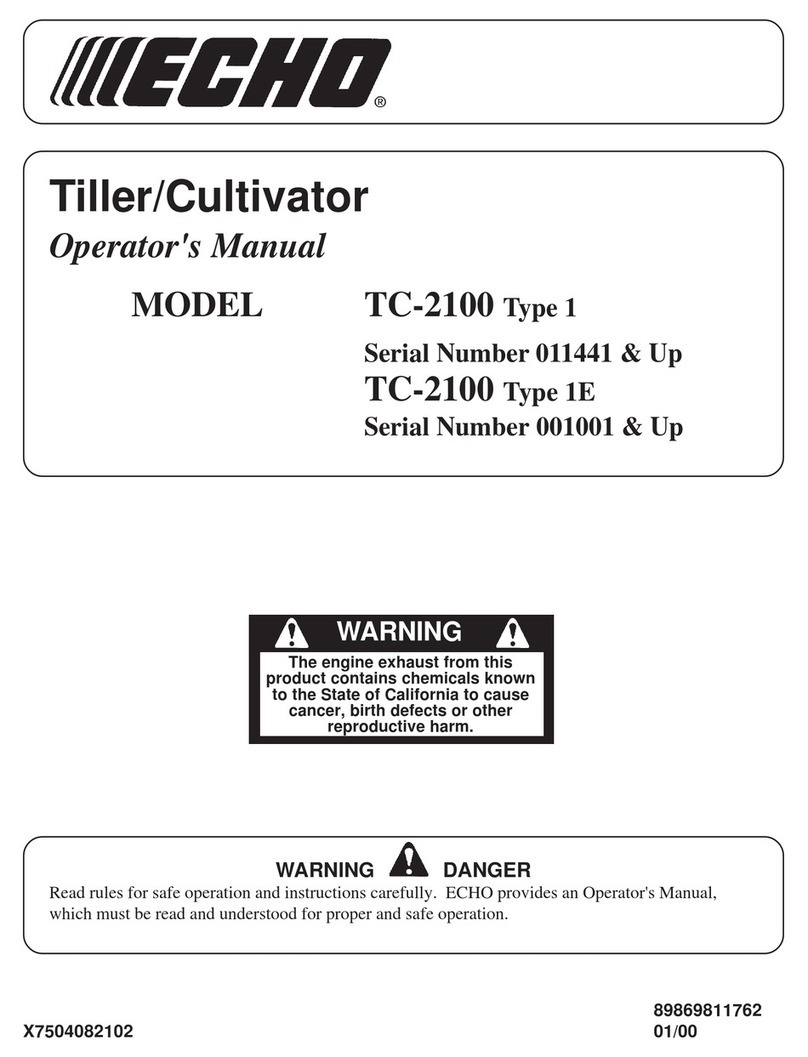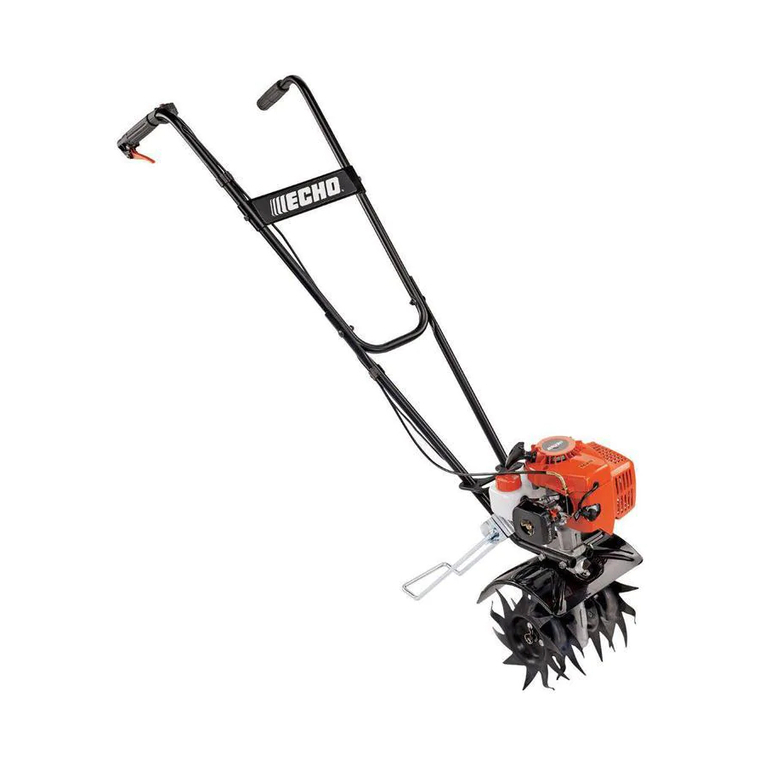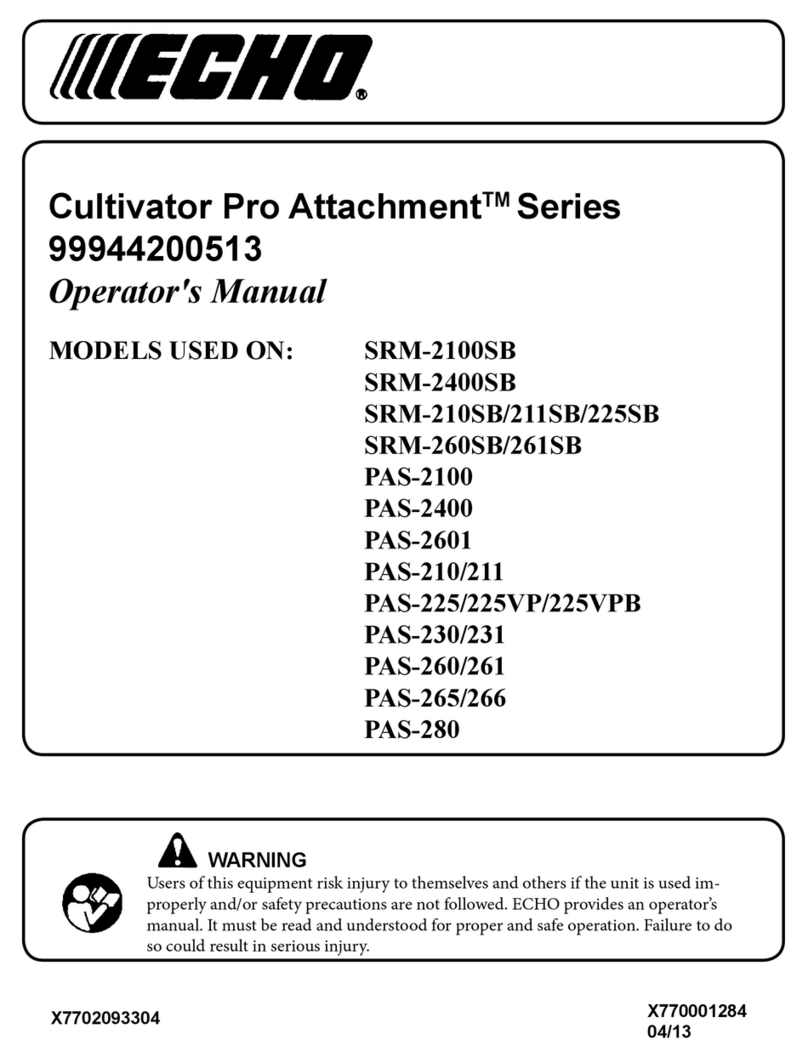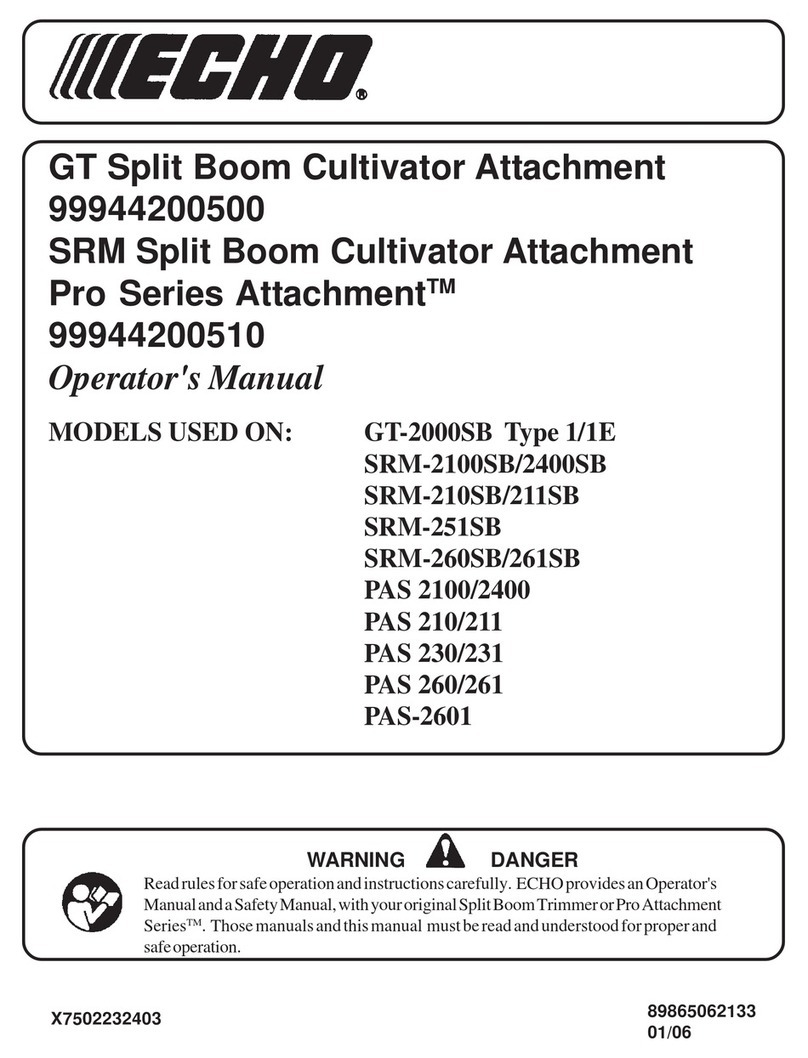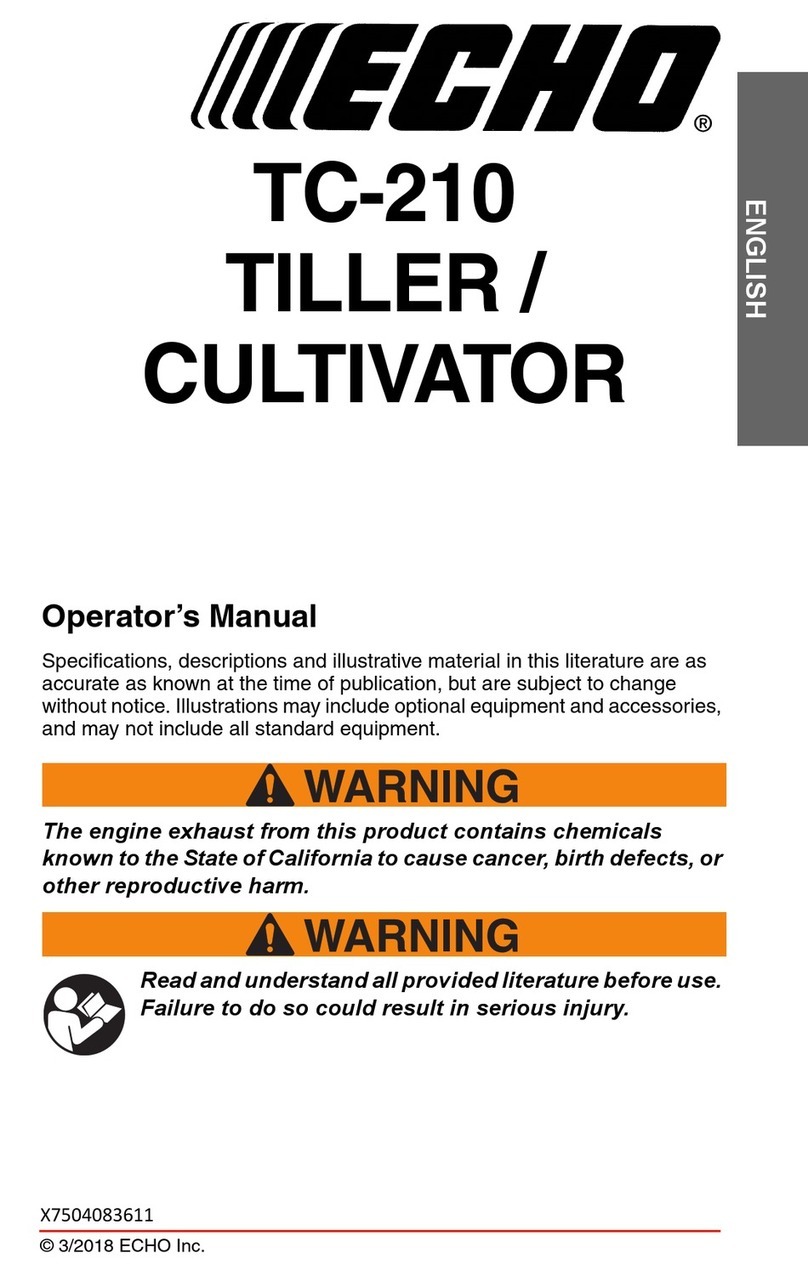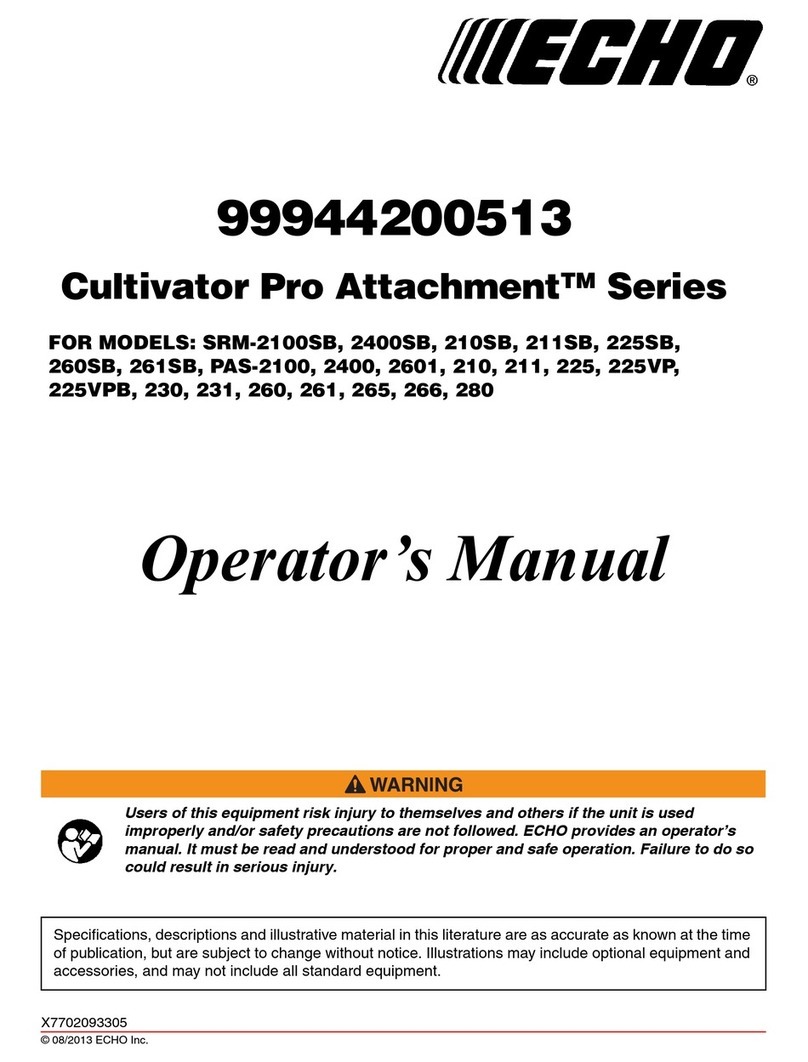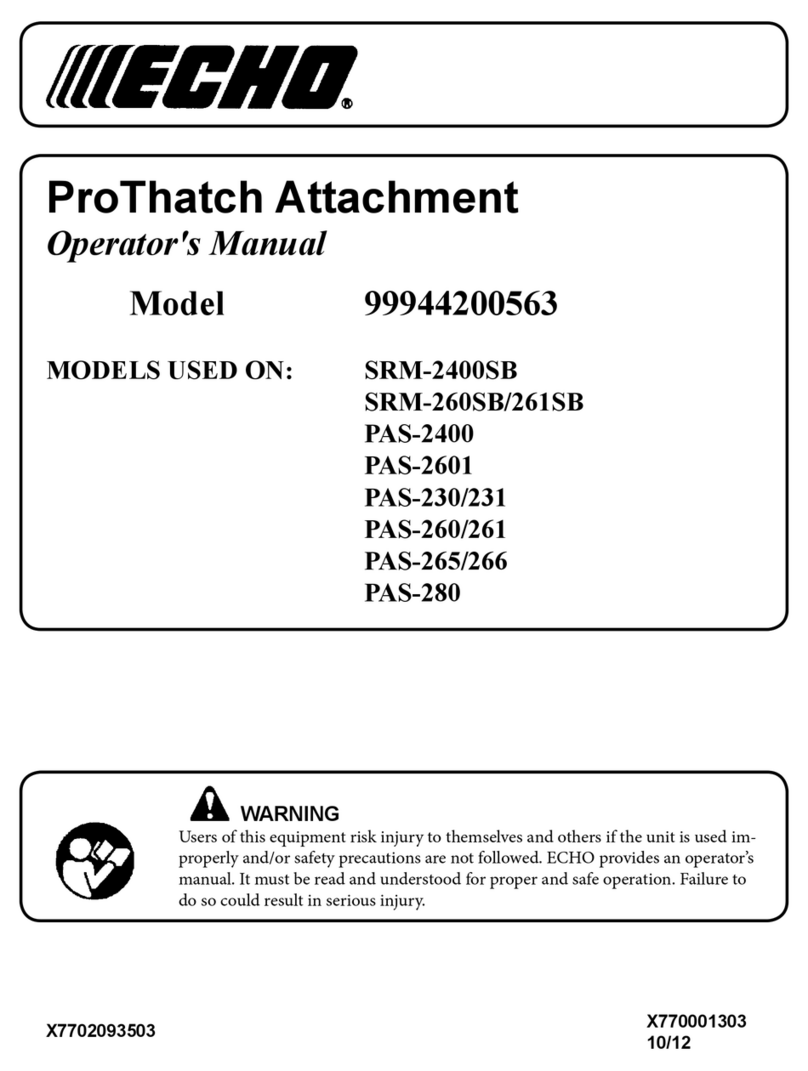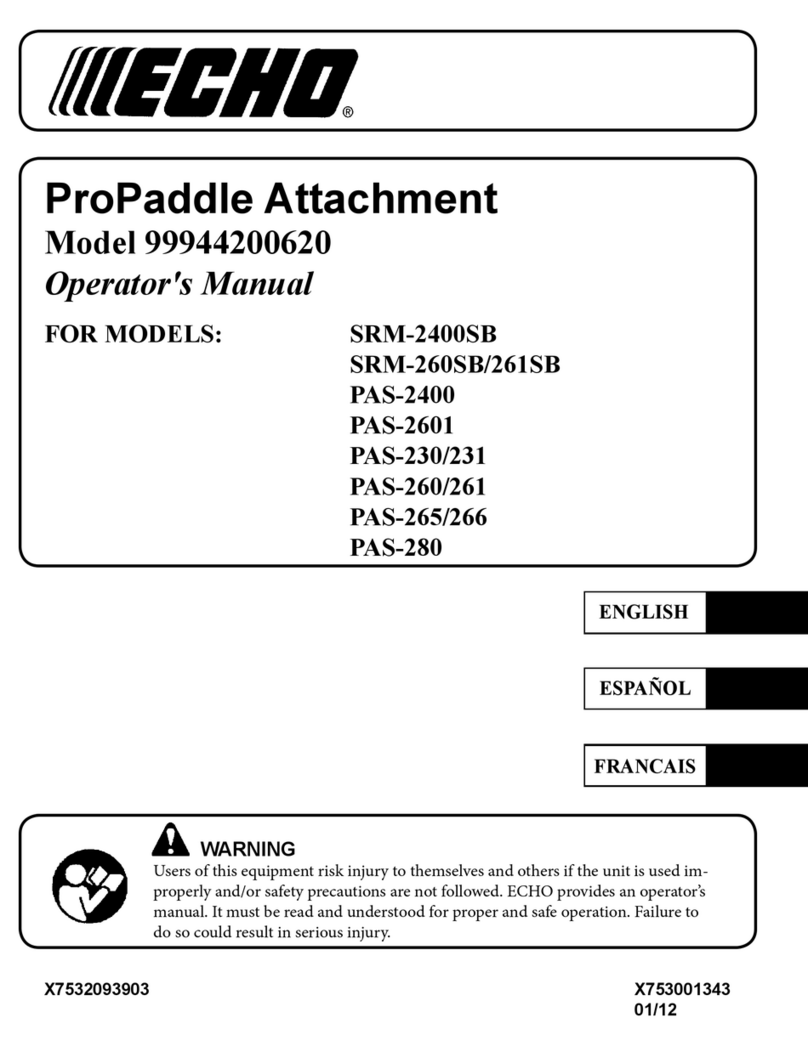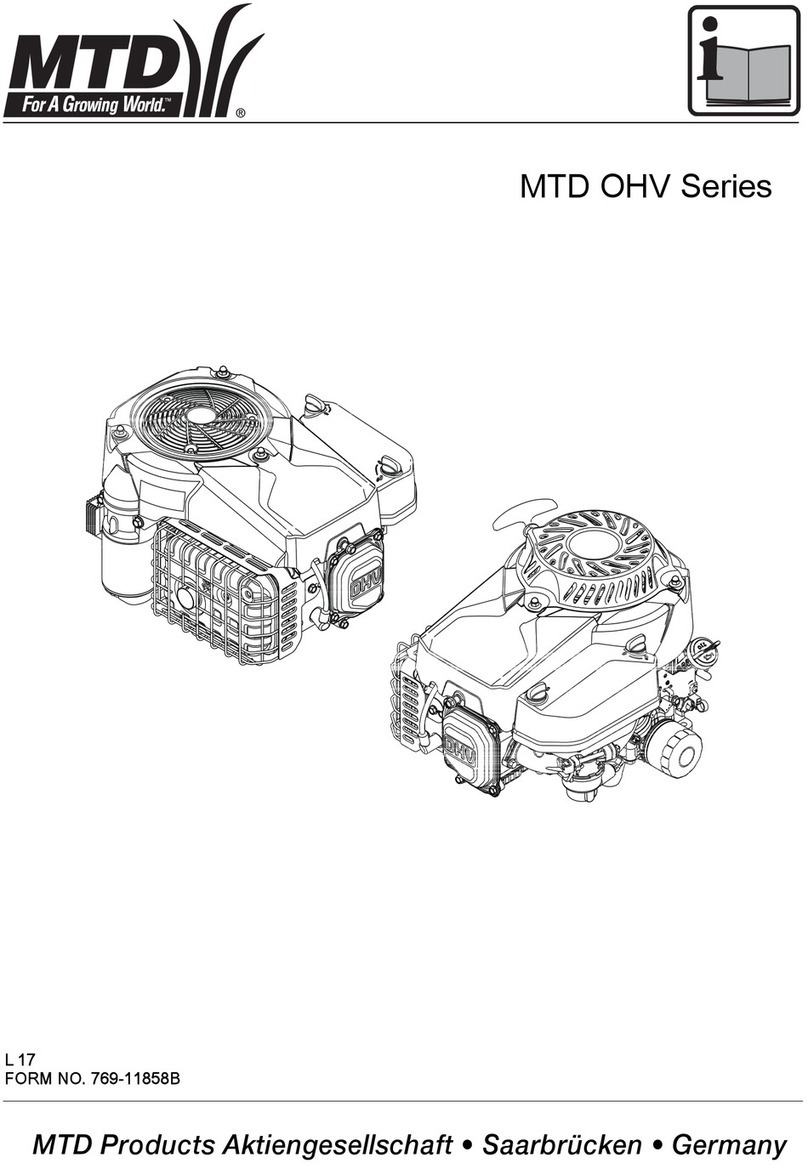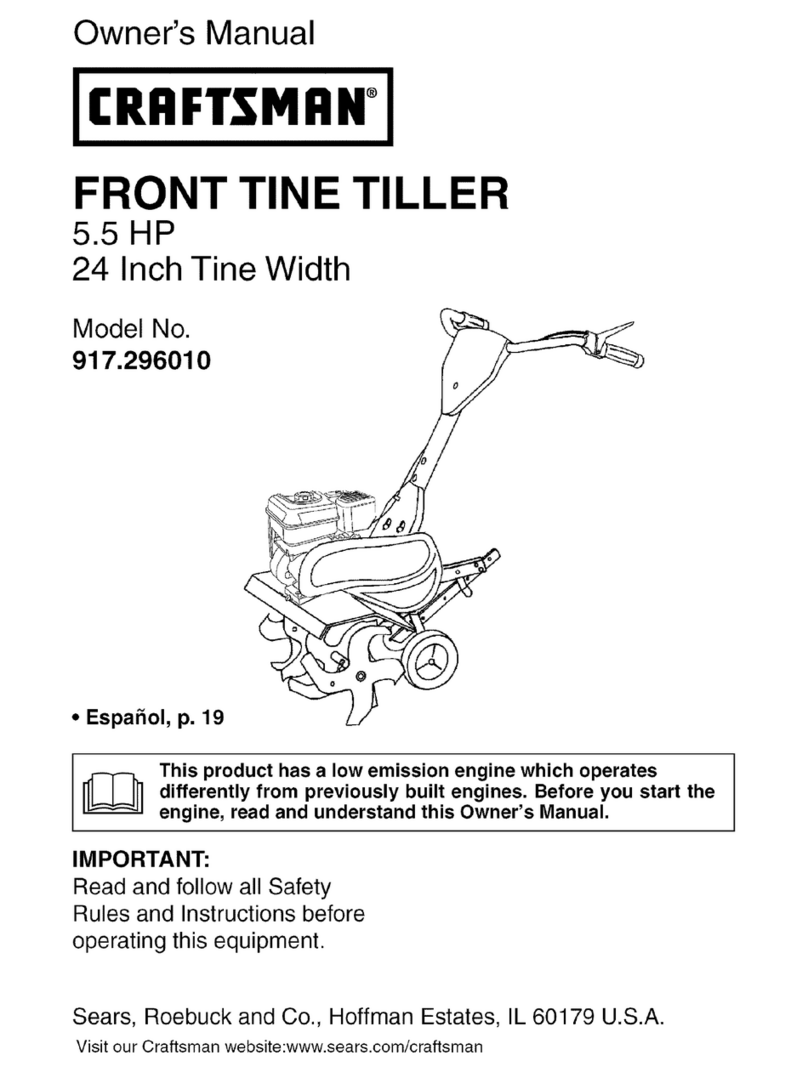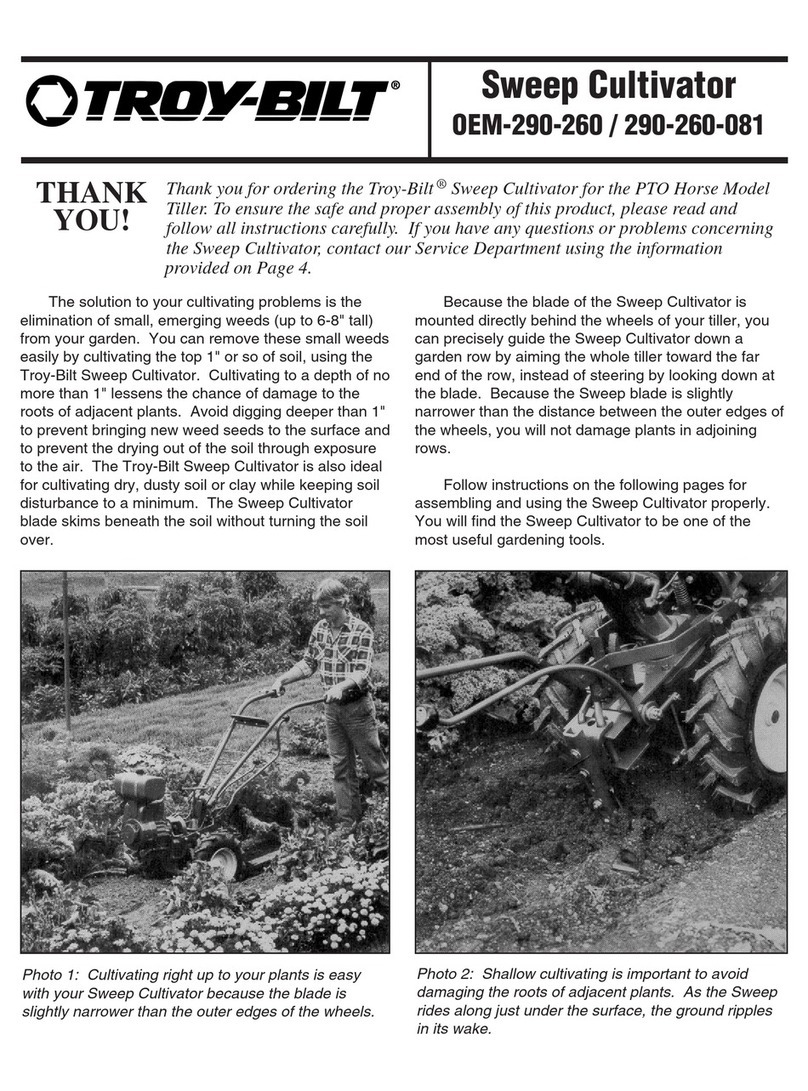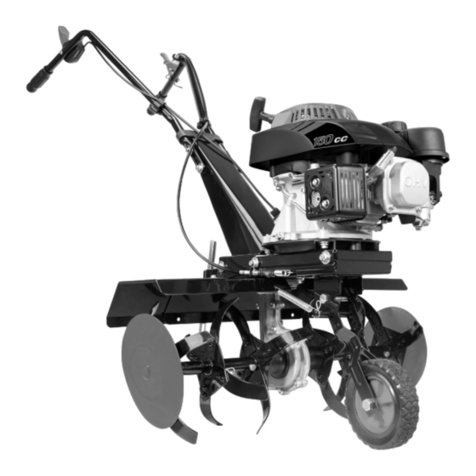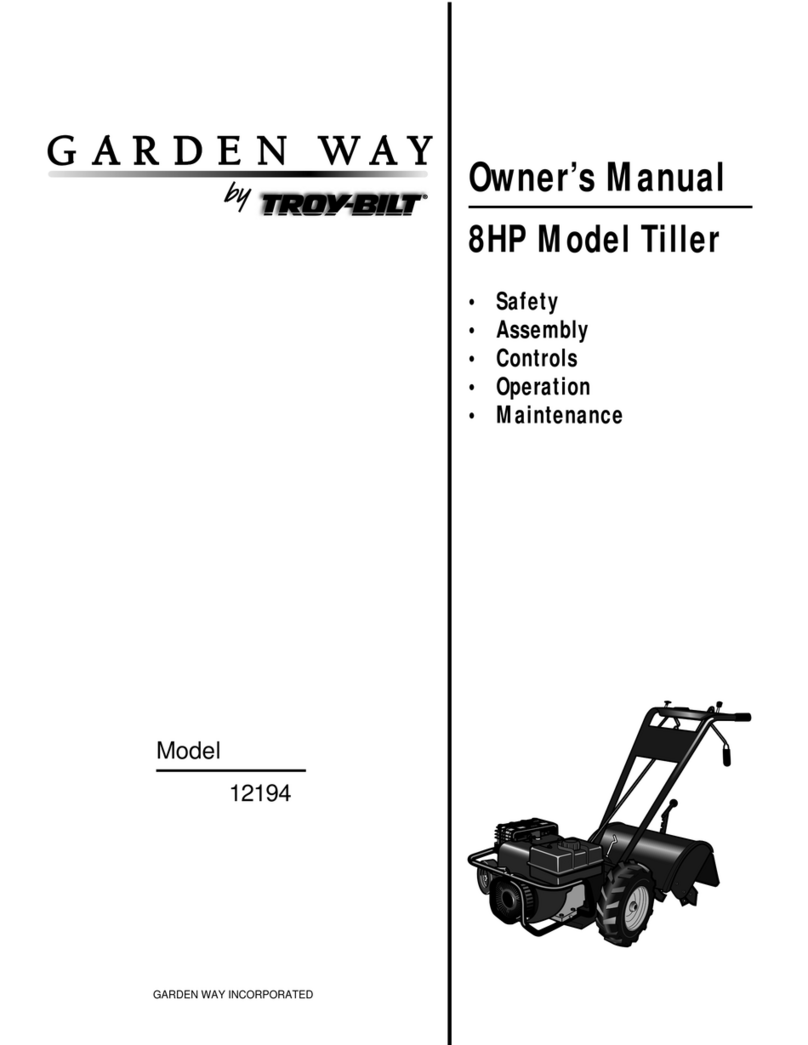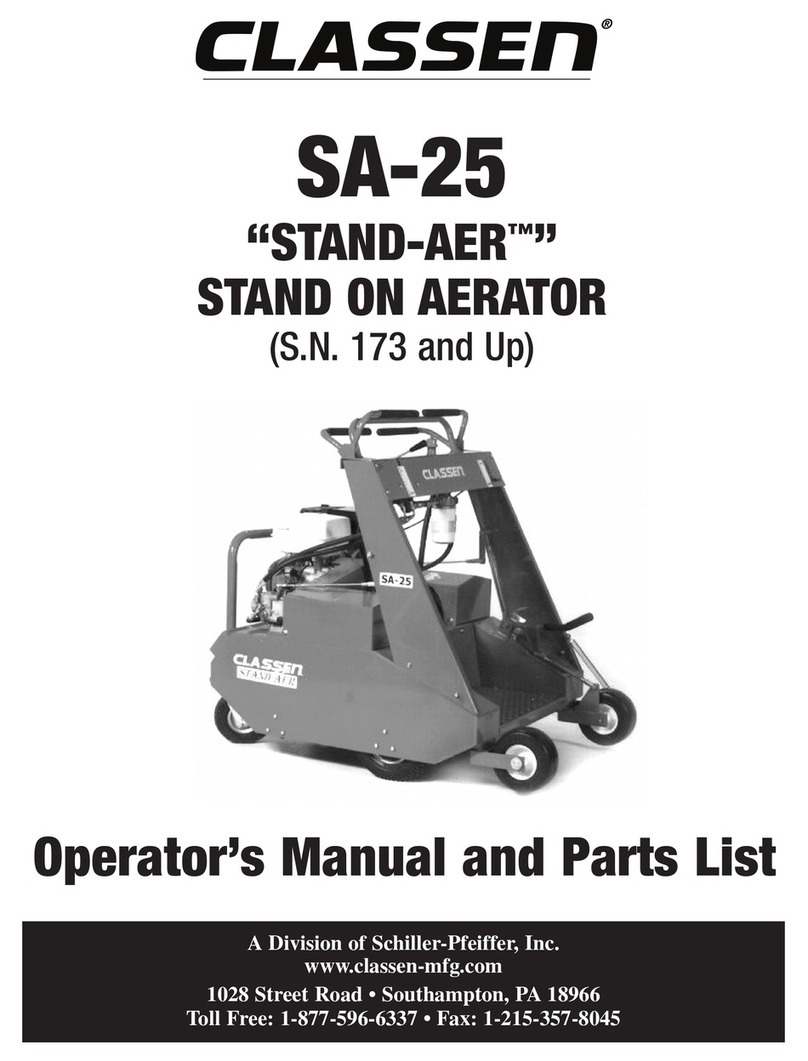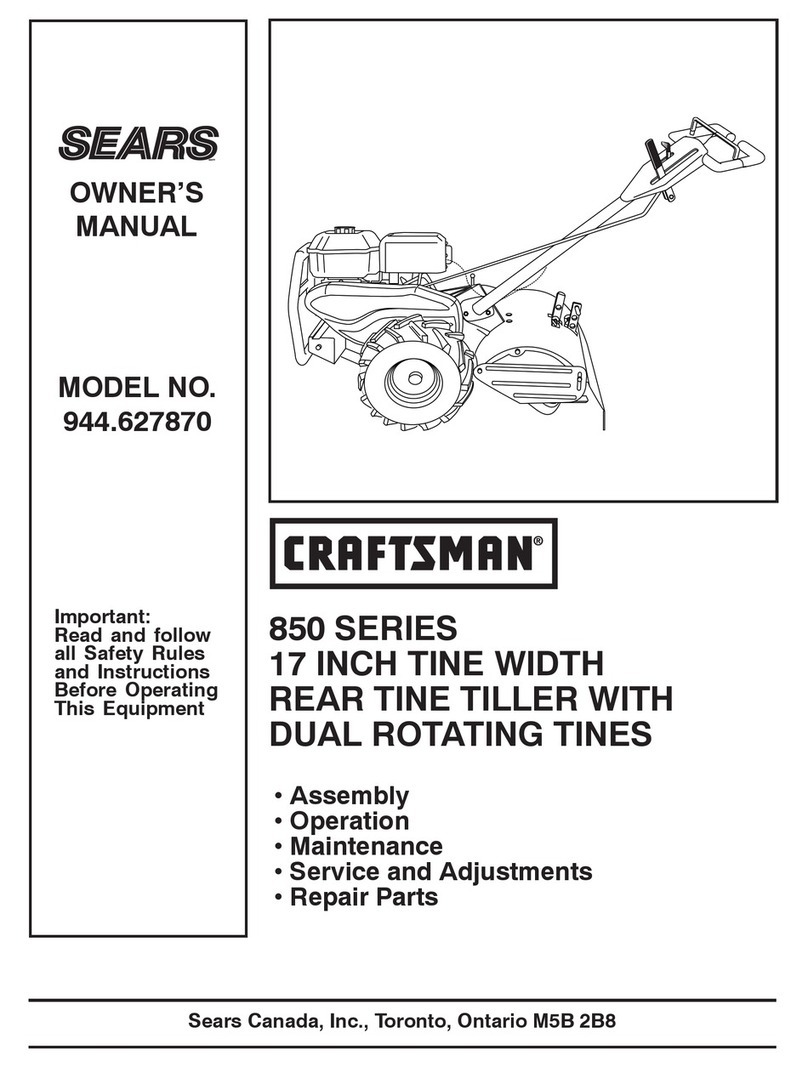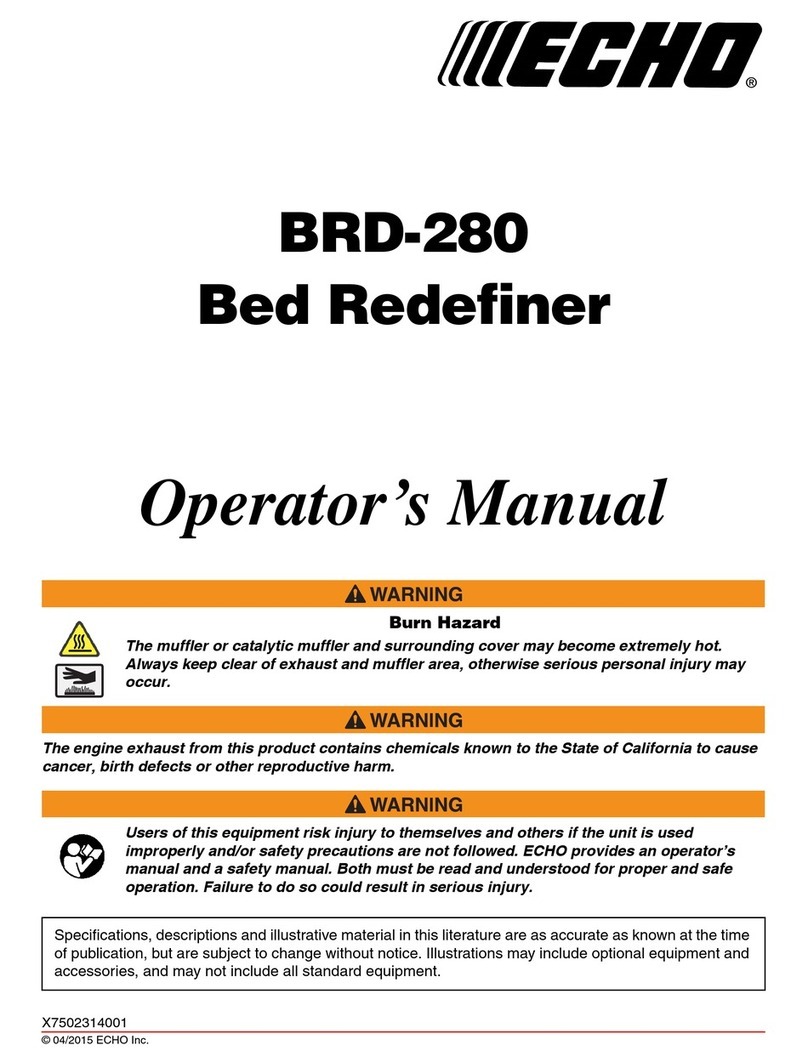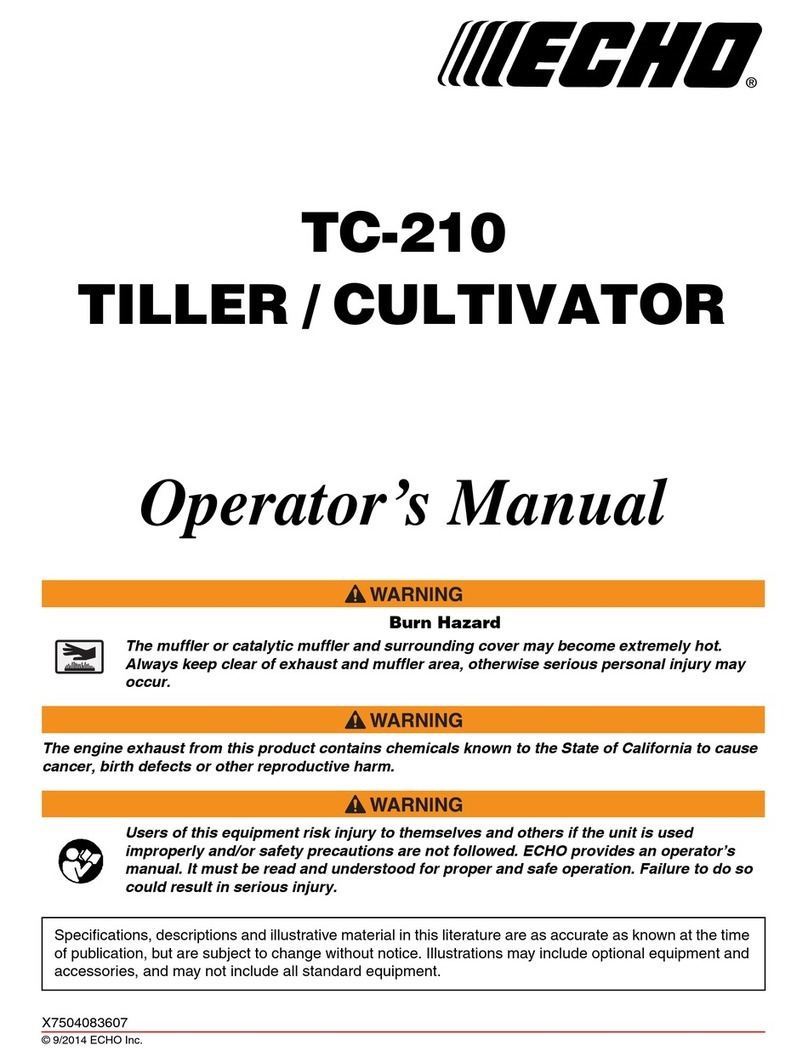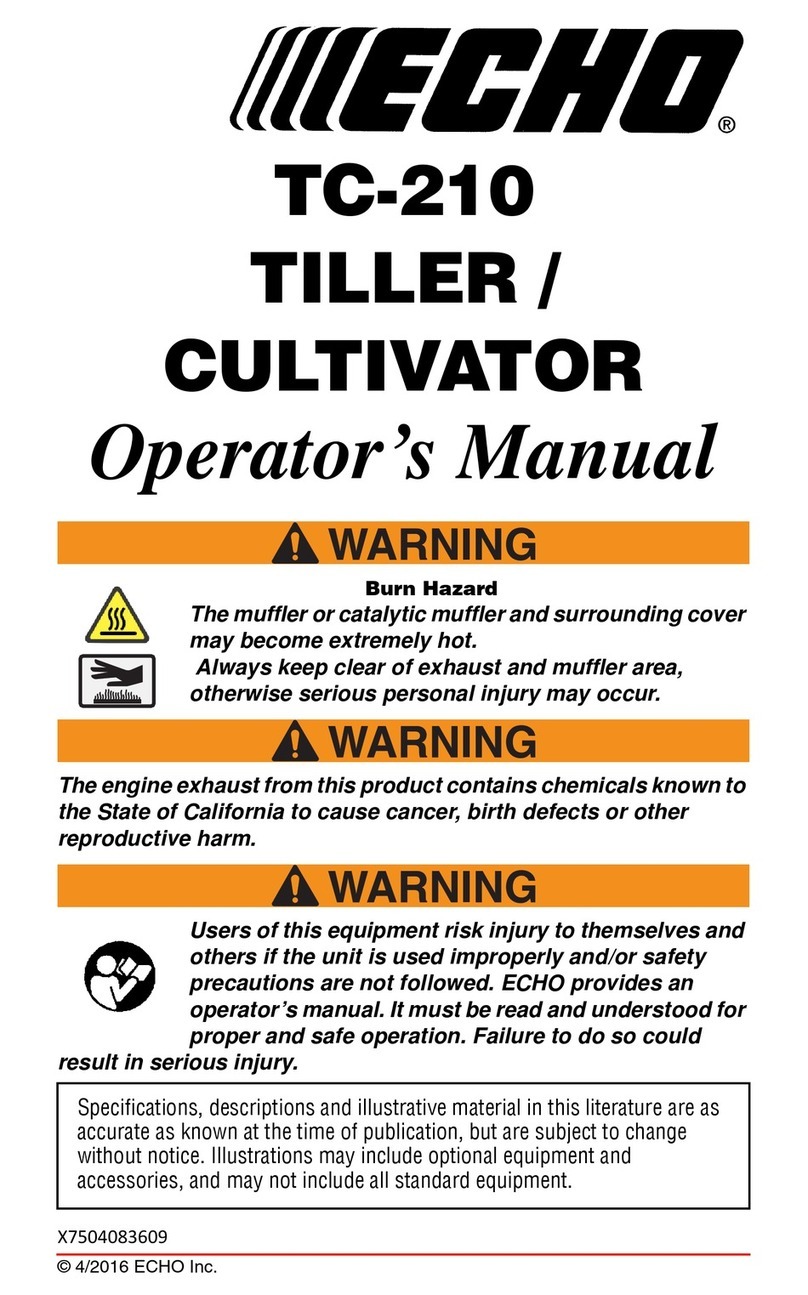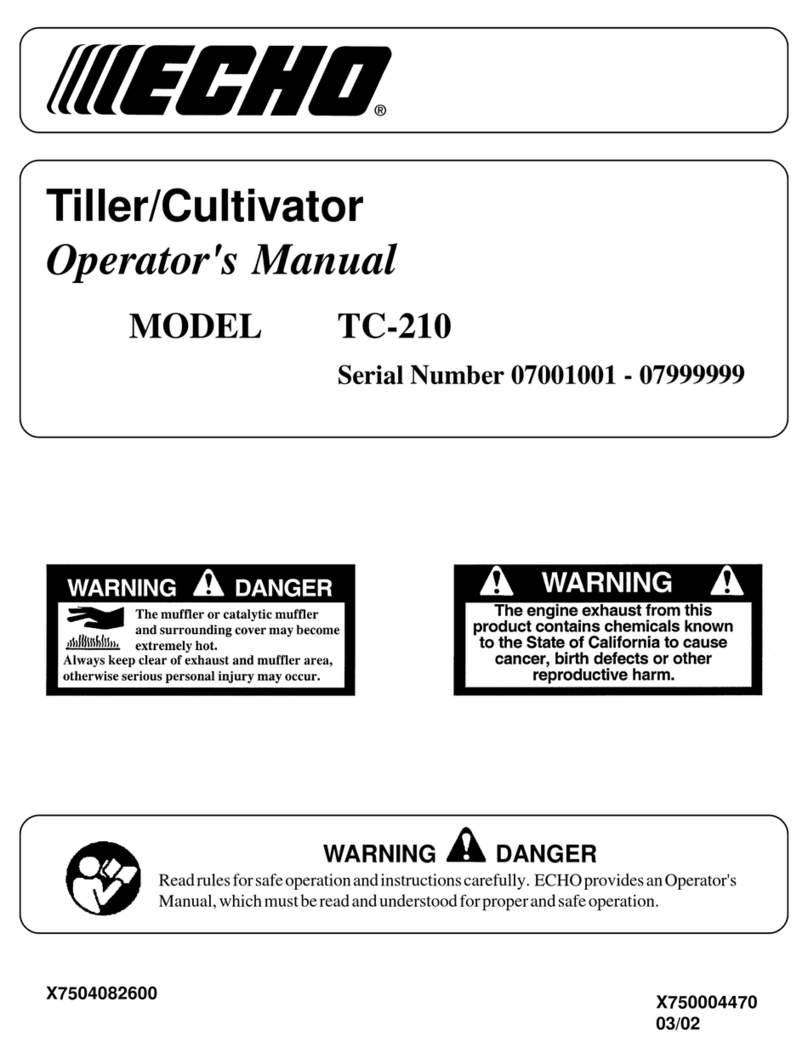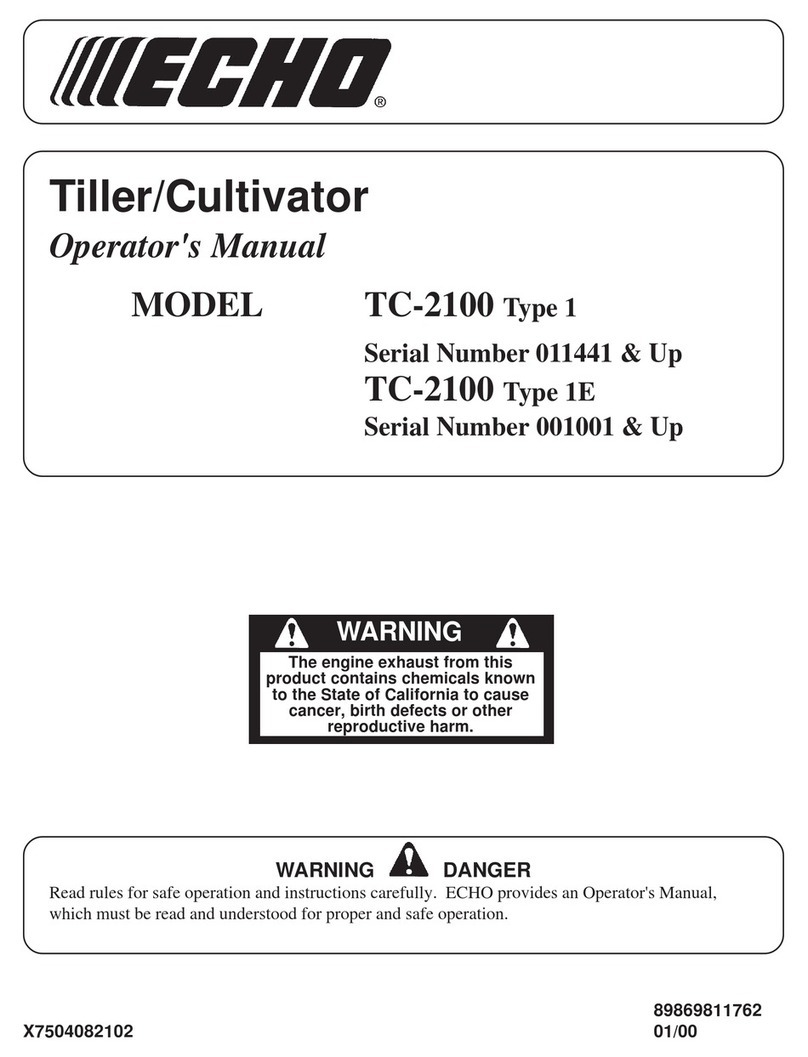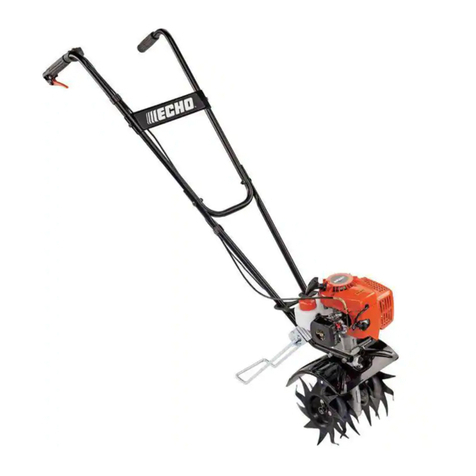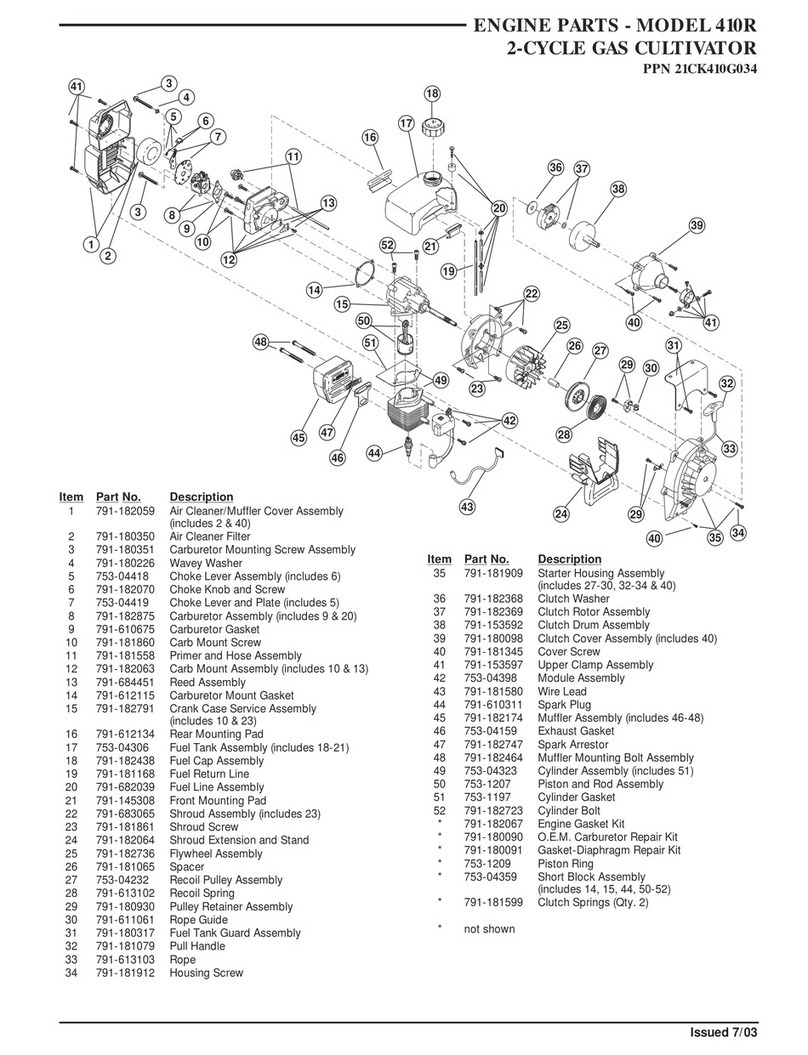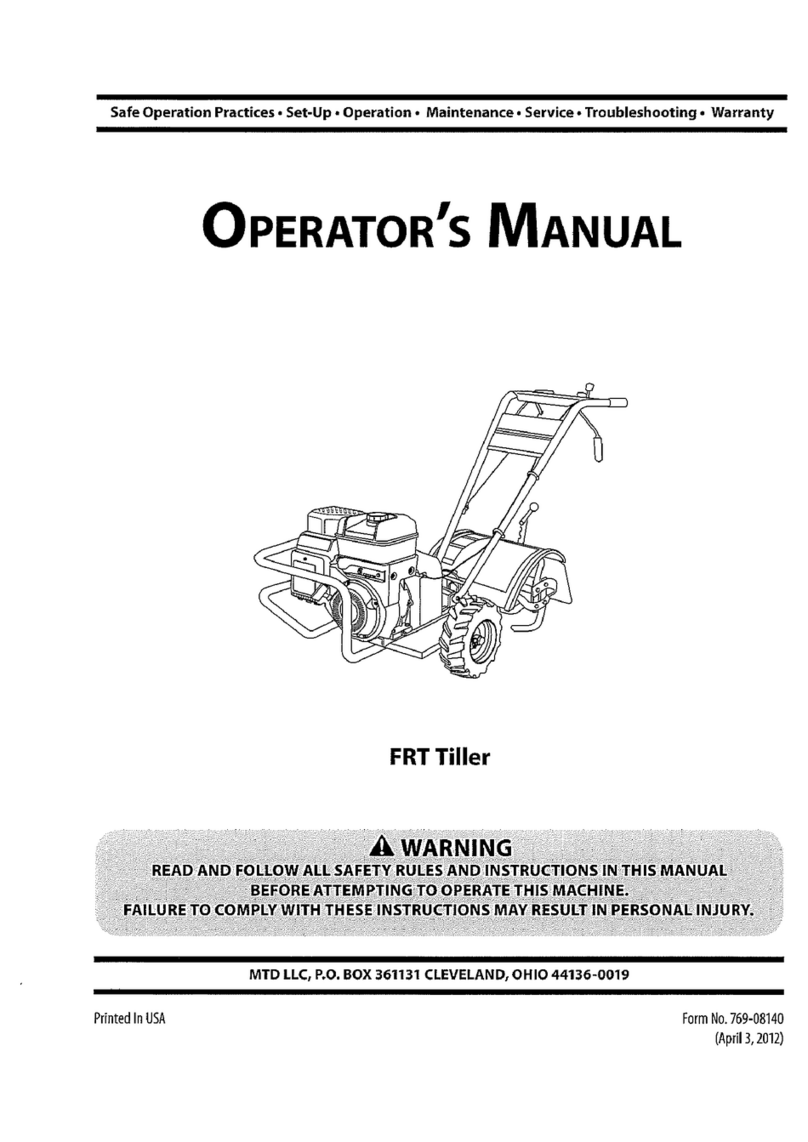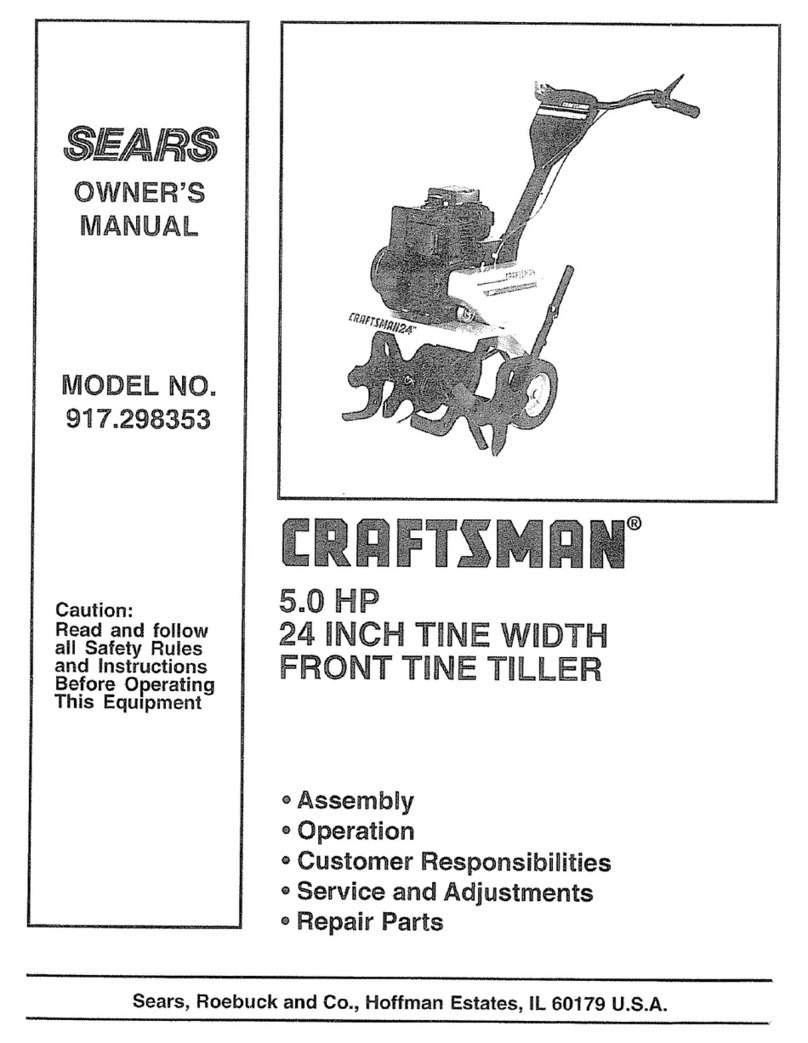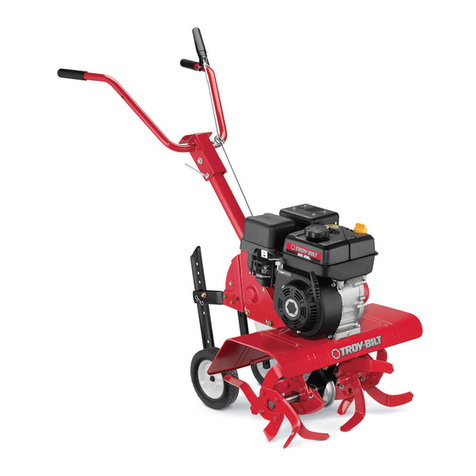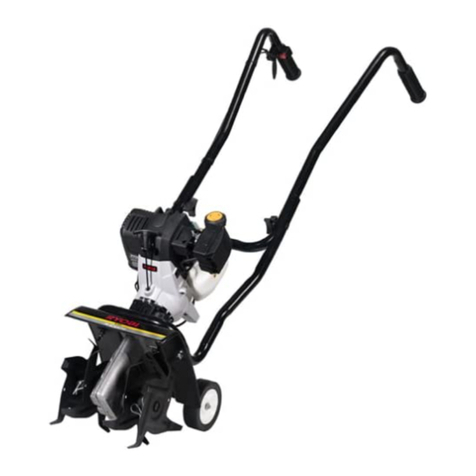
2
INTRODUCTION
Welcome to the ECHO family. This ECHO product was designed and manufactured to provide
longlifeandon-the-job-dependability. Readandunderstandthismanual.Youwillfinditeasytouseand
fullofhelpfuloperatingtipsandSAFETYmessages.
THE OPERATOR'SMANUAL
Read and understand this manual before operation. Keep it in a safe
place for future reference. It contains specifications and information for
operation, starting, stopping, maintenance, storage and assembly
specific to this product.
TABLE OF CONTENTS
Introduction .............................................................. 2
- The Operator's Manual ...................................... 2
Manual Safety Symbols and Important Information. 3
Safety .........................................................................3
- Decals..................................................................3
- InternationalSymbols .........................................4
Safety Instructions ....................................................4
- Personal Condition and Safety Equipment................ 4
- ExtendedOperation/ExtremeConditions .................. 5
- Equipment ................................................................. 5
- Safe Operation ........................................................... 6
Emission Control ................................................................ 6
Description ................................................................7
- Contents..............................................................7
Specifications.............................................................9
Assembly ................................................................. 10
Pre-Operation ........................................................... 11
- Fuel ................................................................... 11
Operation ................................................................. 12
- StartingColdEngine ......................................... 12
- StartingWarmEngine ....................................... 13
- Stopping Engine................................................ 13
- Tilling/Cultivating ............................................. 14
Maintenance ............................................................ 15
- SkillLevels ........................................................ 15
- Maintenance Intervals ...................................... 15
- AirFilter ............................................................ 16
- FuelFilter .......................................................... 16
- SparkPlug ......................................................... 17
- CoolingSystemCleaning .................................. 17
- ExhaustSystem ................................................. 18
- Carburetor Adjustment ..................................... 19
- Lubrication ........................................................ 20
- TineRemoval/Cleaning/Installation .................. 20
Troubleshooting ...................................................... 21
Storage..................................................................... 22
ServicingInformation............................................... 24
- Parts .................................................................. 24
- Service............................................................... 24
- ECHOConsumer ProductSupport .................... 24
- Warranty Card................................................... 24
- Additional or Replacement Manuals................. 24
Specifications,descriptions and illustrative materialin
this literature are as accurate as known at the time of
publication, but are subject to change without notice.
Illustrations may include optional equipment and
accessories, and may not include all standard equip-
ment.
CopyRight©2003ByEcho,Incorporated
All Rights Reserved.

